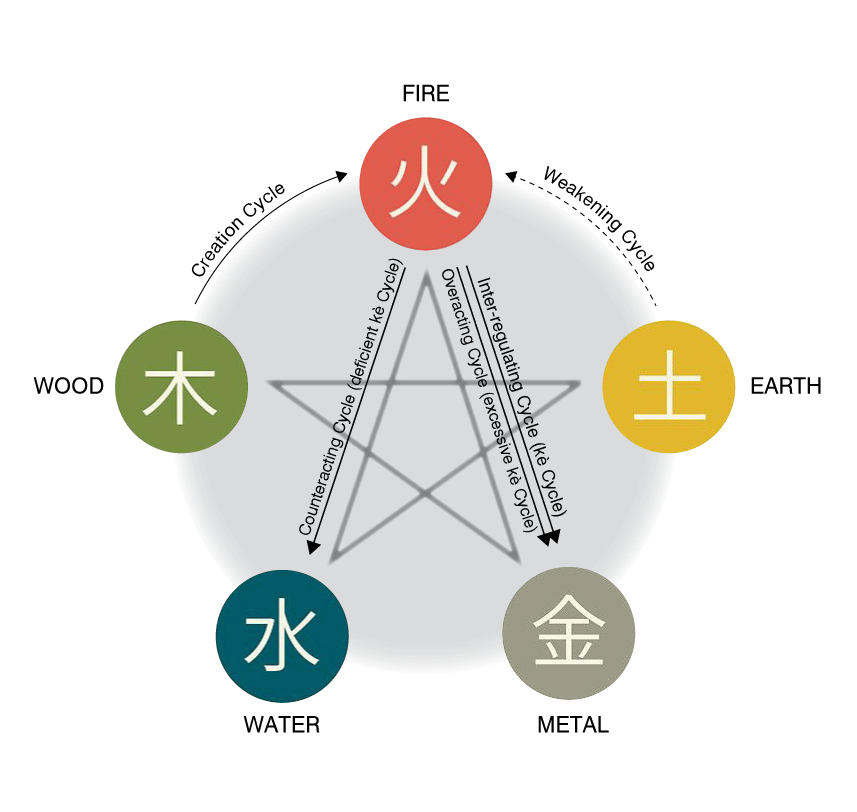
Taoism
Ancient Chinese philosophy. Taoism is based on the teachings of Lao Tzu. The text of " Tao Te Ching " is the foundation of this philosophy, which emphasises the harmonious coexistence with nature and promotes simplicity, composure and compassion through the logic of inaction or otherwise effortless action (wei wu wei).
Tao, it exists by itself, it gave birth to both, it is the road, it is everything.
What exists in itself is the Tao. When the Tao wants to take shape it becomes Chi. It becomes vital energy. So in the beginning the Tao created the big gap, the wu ji, where everything is one.
Wu Ji gave birth to the two, namely the male and the female, the two opposite and balanced forces. The dynamic balance of yin yang interaction leads to Tai Chi (Tai Chi), harmony. This is exactly what is reflected in the famous yin yang symbol, called Tai Ji Tu .
The curves and circles of the Tai Ji symbol depict a movement that represents the way in which yin and yang came into being, are interdependent, and are constantly transformed into one another. The one could not exist without the other, because each contains the essence of the other. The one is the other. Night becomes day and day becomes night. Birth becomes death and death becomes birth. As Taoism teaches, this is the nature of everything in the world around us. The small circles placed on each half of the symbol remind us that existence is in constant change.
The theory of the 5 elements
"The One gave birth to two, the two gave birth to three, the three to five and the five, to ten thousand things."
Yin and Yang made the five elements, the various combinations of which made the myriad things in the world. The five elements are earth, wood, water, metal and fire. The theory of the five elements, or Wu Xing's law, argues that the world changes depending on the relationship between them. Birth and pause are the two complementary processes, yin and yang of the five-element theory. Birth promotes, while cessation controls growth. With these two opposite processes, the systems are harmonised and the balance is maintained.

The art of War
of Sun Tzu
Every day we experience a war. A war with others, but above all the war with ourselves. How will we overcome our weaknesses, how will we win the battle in our personal and professional life?
Sun Tzu, the author of The Art of War, a text that transcended the narrow confines of military operations but found application in countless areas in ancient and modern times, argues that moral strength and mental capacity are crucial in any war.
It is no coincidence that many companies today use the Art of War tactics to promote their products and services and to outperform their competitors.
The great general is able to win the opponent without even a battle; this is the zenith of combat capability. Extermination and destruction must not be the goal.
"Weapons are ominous tools that should only be used when there is no other alternative," says Sun Tzu. We learn to fight and then bury our weapons. But when necessary, we borrow the impetus of the white tiger, the inner strength that will help us win our own battle.
